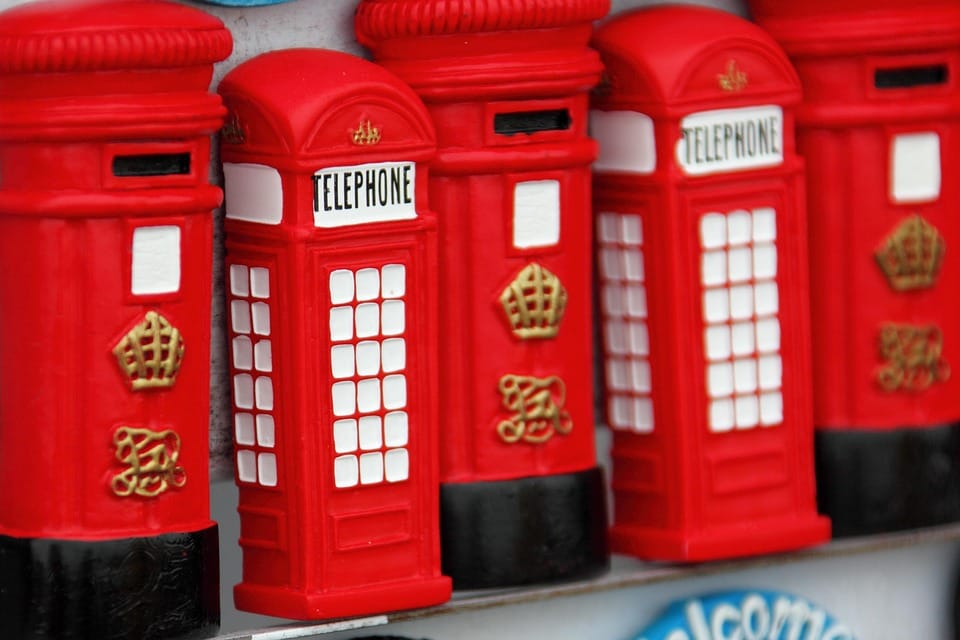Die Sicherheitserwägungen bei der Arbeit mit Neodym-Magneten: Vorsichtsmaßnahmen und bewährte Praktiken
Da die Verwendung von Neodym-Magneten in verschiedenen Branchen immer weiter verbreitet ist, ist es wichtig, die Sicherheitsaspekte bei der Arbeit mit diesen starken Magneten zu kennen. Neodym-Magnete sind unglaublich stark, und ihre unsachgemäße Handhabung kann zu schweren Verletzungen, Schäden an der Ausrüstung und sogar zu katastrophalen Folgen führen.
Neodym-Magnete verstehen
Merkmale und Eigenschaften
Neodym-Magnete, auch bekannt als Seltenerdmagnete, bestehen aus einer Kombination von Neodym, Eisen und Bor. Sie sind bekannt für ihre außergewöhnliche magnetische Stärke, Haltbarkeit und Entmagnetisierungsbeständigkeit. Die einzigartigen Eigenschaften von Neodym-Magneten machen sie zu einem unverzichtbaren Bestandteil verschiedener Anwendungen, darunter Unterhaltungselektronik, Motoren, Generatoren und magnetische Trennsysteme.
| Eigentum | Wert |
|---|---|
| Magnetische Stärke | 1,4 T (14.000 Gauss) |
| Maximale Betriebstemperatur | 150°C (302°F) |
| Minimale Betriebstemperatur | -40°C (-40°F) |
| Korrosionsbeständigkeit | Gute Korrosionsbeständigkeit |
Handhabung und Lagerung
Vorsichtsmaßnahmen und Leitlinien
Beim Umgang mit Neodym-Magneten ist es wichtig, die richtigen Verfahren einzuhalten, um Unfälle und Verletzungen zu vermeiden. Hier sind einige Richtlinien zu beachten:
- Fassen Sie Neodym-Magnete mit trockenen, sauberen Handschuhen an, um Schäden zu vermeiden und einen sicheren Halt zu gewährleisten.
- Vermeiden Sie es, die Magnetoberfläche mit bloßen Händen zu berühren, da die Öle und die Feuchtigkeit auf Ihrer Haut den Magneten mit der Zeit schwächen können.
- Verwenden Sie für die Handhabung und Aufbewahrung von Neodym-Magneten eine weiche, nicht-metallische Oberfläche, um Beschädigungen und Kratzer zu vermeiden.
- Halten Sie Neodym-Magnete von brennbaren Materialien und Funken fern, da sie sich aufgrund ihrer hohen Magnetstärke entzünden können.
Sicherheitserwägungen
Risiken und Gefährdungen
Die Arbeit mit Neodym-Magneten birgt verschiedene Risiken und Gefahren, unter anderem:
- Einklemmungen und Quetschungen: Neodym-Magnete können aufgrund ihrer außergewöhnlichen Magnetkraft Körperteile wie Finger und Zehen einklemmen oder quetschen.
- Brände und Explosionen: Neodym-Magnete können brennbare Materialien und Funken entzünden, was zu Bränden und Explosionen führen kann.
- Beschädigung von Ausrüstung und Eigentum: Neodym-Magnete können elektronische Geräte, Fahrzeuge und andere Metallgegenstände beschädigen, indem sie sie anziehen und anziehen.
- Umweltverschmutzung: Neodym-Magnete können Boden, Wasser und Luft verunreinigen, wenn sie nicht ordnungsgemäß entsorgt und recycelt werden.
Bewährte Praktiken
Richtige Lagerung und Entsorgung
Um die sichere Verwendung und Entsorgung von Neodym-Magneten zu gewährleisten, sollten Sie die folgenden bewährten Verfahren befolgen:
- Bewahren Sie Neodym-Magnete in einem sicheren, metallfreien Behälter oder Beutel auf, um Beschädigungen und unbefugten Zugriff zu vermeiden.
- Kennzeichnen Sie den Behälter oder Beutel mit Warnschildern, um andere auf die potenziellen Risiken und Gefahren im Zusammenhang mit Neodym-Magneten hinzuweisen.
- Entsorgen Sie Neodym-Magnete über verantwortungsvolle Recyclingprogramme, um die Umweltverschmutzung zu minimieren und eine verantwortungsvolle Entsorgung zu gewährleisten.
Allgemeine Fragen und Antworten
Was sind die häufigsten Anwendungen von Neodym-Magneten?
Neodym-Magnete werden häufig in der Unterhaltungselektronik, in Motoren, Generatoren, magnetischen Trennsystemen und medizinischen Geräten eingesetzt.
Wie gehe ich mit Neodym-Magneten um, um Unfälle zu vermeiden?
Fassen Sie Neodym-Magnete mit trockenen, sauberen Handschuhen an, vermeiden Sie es, die Magnetoberfläche mit bloßen Händen zu berühren, und verwenden Sie eine weiche, nichtmetallische Oberfläche für die Handhabung und Lagerung von Neodym-Magneten.
Können Neodym-Magnete Brände und Explosionen auslösen?
Ja, Neodym-Magnete können brennbare Materialien und Funken entzünden, was zu Bränden und Explosionen führen kann. Treffen Sie die notwendigen Vorkehrungen, um Unfälle zu vermeiden, und sorgen Sie für eine ordnungsgemäße Lagerung und Entsorgung.
Schlussfolgerung
Bei der Arbeit mit Neodym-Magneten müssen Sicherheitsaspekte, die richtige Handhabung und Lagerung beachtet werden, um Unfälle und Verletzungen zu vermeiden. Wenn Sie die Merkmale und Eigenschaften von Neodym-Magneten kennen, die besten Praktiken befolgen und sich an ordnungsgemäße Lagerungs- und Entsorgungsverfahren halten, können Sie eine sichere und produktive Arbeitsumgebung gewährleisten.
FAQs
- Was sind die häufigsten Anwendungen von Neodym-Magneten?
Antwort: Neodym-Magnete werden häufig in der Unterhaltungselektronik, in Motoren, Generatoren, magnetischen Trennsystemen und medizinischen Geräten verwendet. - Wie gehe ich mit Neodym-Magneten um, um Unfälle zu vermeiden?
Antwort: Fassen Sie Neodym-Magnete mit trockenen, sauberen Handschuhen an, vermeiden Sie es, die Magnetoberfläche mit bloßen Händen zu berühren, und verwenden Sie eine weiche, nichtmetallische Oberfläche für die Handhabung und Lagerung von Neodym-Magneten. - Können Neodym-Magnete Brände und Explosionen auslösen?
Antwort: Ja: Ja, Neodym-Magnete können brennbare Materialien und Funken entzünden, was zu Bränden und Explosionen führen kann. Treffen Sie die notwendigen Vorkehrungen, um Unfälle zu vermeiden, und sorgen Sie für eine ordnungsgemäße Lagerung und Entsorgung. - Was sind die Sicherheitsaspekte bei der Arbeit mit Neodym-Magneten?
Antwort: Bei der Arbeit mit Neodym-Magneten sind die Risiken und Gefahren zu beachten, die mit ihrer außergewöhnlichen Magnetstärke verbunden sind, darunter Quetschungen und Verletzungen, Brände und Explosionen, Schäden an Geräten und Eigentum sowie Umweltverschmutzung. - Wie kann ich Neodym-Magnete verantwortungsvoll entsorgen?
Antwort: Entsorgen Sie Neodym-Magnete über verantwortungsvolle Recycling-Programme, um die Umweltverschmutzung zu minimieren und eine verantwortungsvolle Entsorgung sicherzustellen.
Denken Sie daran, dass Sicherheit bei der Arbeit mit Neodym-Magneten immer an erster Stelle steht. Wenn Sie die Sicherheitserwägungen verstehen, die richtigen Handhabungs- und Lagerungsverfahren befolgen und sich an die besten Praktiken halten, können Sie eine sichere und produktive Arbeitsumgebung gewährleisten.

